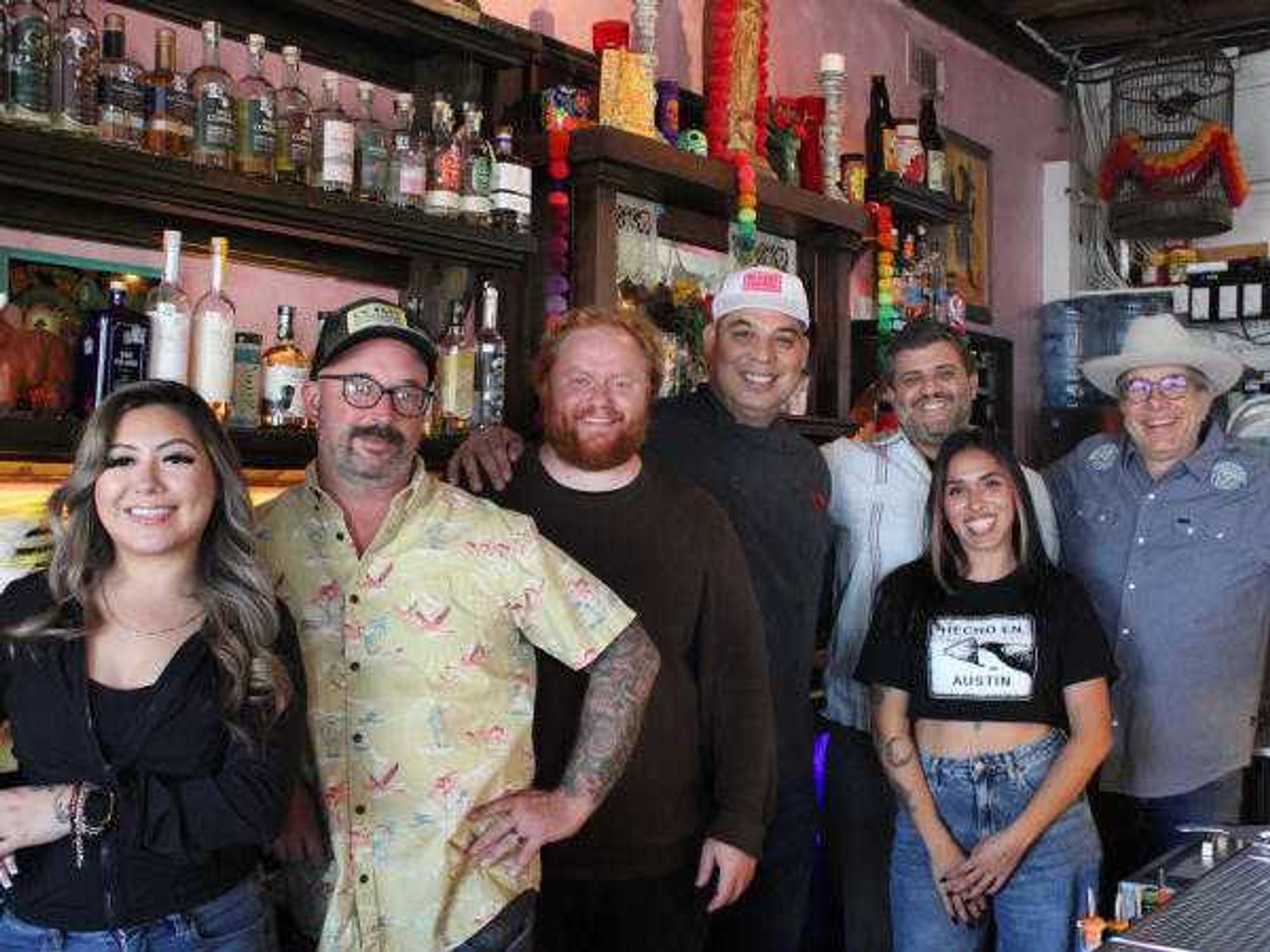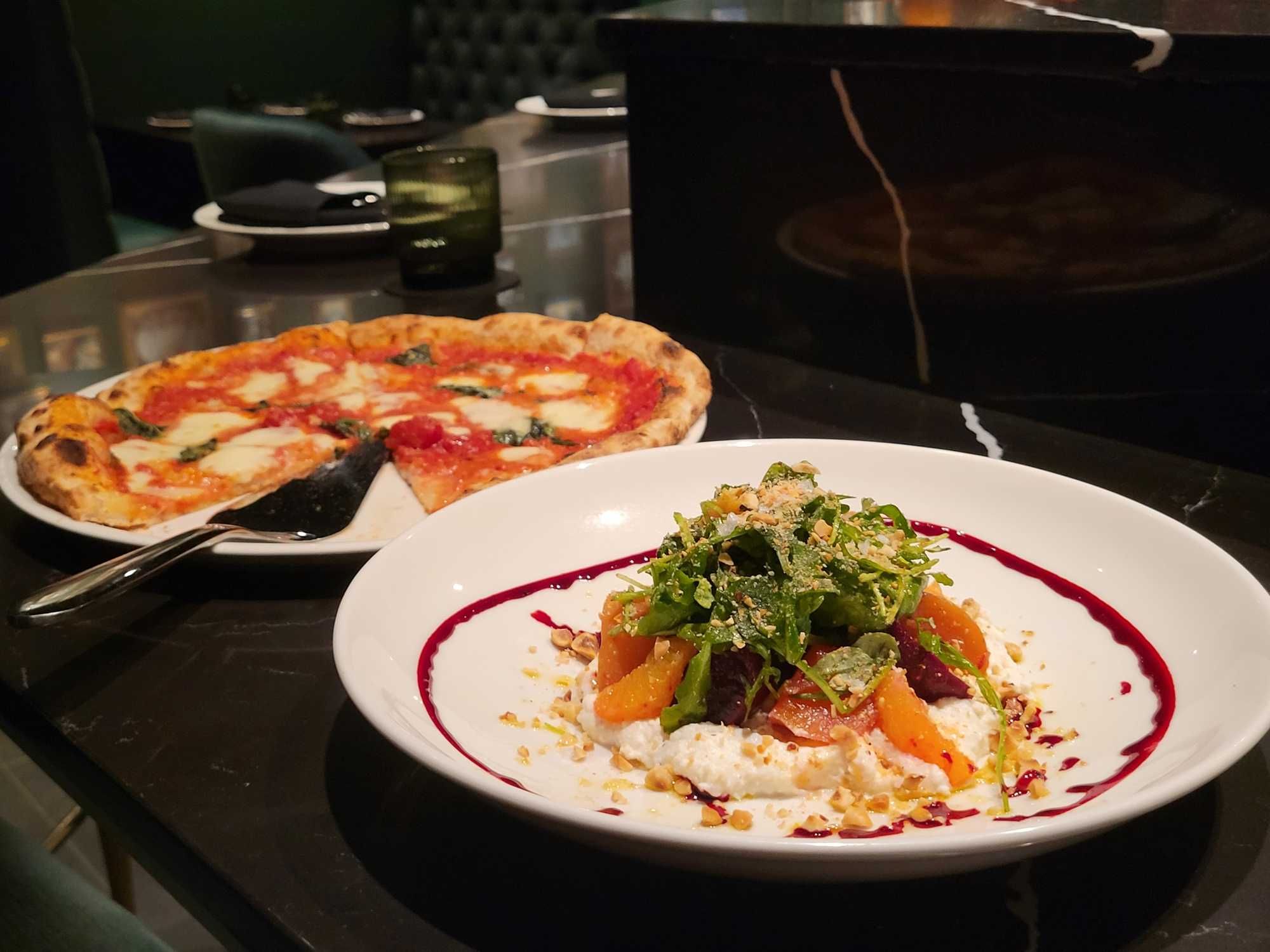Media Leaders
L Style G Style looks back on 5 years of success out in the open
 Lynne Yeldell and Alisa Weldon
Lynne Yeldell and Alisa Weldon
 Sep/Oct 2011 Issue of L Style G Style
Sep/Oct 2011 Issue of L Style G Style Alisa Weldon
Alisa Weldon
Alisa Weldon and Lynn Yeldell have a lot to celebrate. Not only is their labor of love publication, L Style G Style, celebrating its fifth anniversary, so is their personal, committed relationship.
Having recently returned from an international anniversary vacation, the two are now excitedly planning for L Style G Style’s 5th Birthday Blowout and Release Party at the swanky W Hotel on November 5. With choral music, ballet dancers, musicians and special giveaways, this is going to be one amazing night of well-deserved celebration.
Five years is a tremendous accomplishment for a niche magazine launched in an oversaturated market during a down-turned economy, and these smart ladies are entirely grateful for the amazing outcome of their cooperative project. “We really had the perfect storm of factors presented against us when we launched,” says Yeldell. “The fact that we continue to grow is what makes me most proud about the last five years.”
Growth is part of the industry game, and L Style G Style is stepping up to the challenge for their fifth year. Starting in January, the magazine will expand each of its double-sided issues by 32 pages, 16 pages on either side of the stylish his-and-her design format. They’ll also be extending articles online and building a discussion forum to continue conversations that cannot happen in the current format.
“We also have plans to expand into other cities,” reveals Weldon. “We plan to hit Houston by September 2012 and then Dallas by March of 2013. Then we’re looking at Seattle and Minneapolis and maybe Raliegh-Durham or Charlotte.” It’s clearly a big time for this franchise that was once just a twinkle in Weldon’s eye.
To follow the trajectory of the slick bi-monthly magazine, it’s a simple rewind back to the origins of Weldon and Yeldell’s relationship. As the Board President of the Austin Gay and Lesbian International Film Festival (aGLIFF), Weldon first noticed the Katrina-transplanted Yeldell during the 2006 Festival. “We became friends, then muses, and then she stalked me,” Weldon laughs.
“In July of 2006, [Lynn] became a sponsor of aGLIFF,” remembers Weldon. “When I first met her, I told her, ‘I’ve got this great idea that I want to talk about and share. Then in January, we launched the magazine. So, yeah, our entire relationship has been the evolution of me growing this concept that I’ve had since 2004.”
The couple initially bonded over a shared concern over the lack of positive depictions of gays and lesbians in mass media. “My background is graphic design and print, so that was my first place of trying to connect to something that I knew I was,” says Weldon. “In my experience, media hasn’t done a great job of building [gay and lesbian] stories up, so I wanted to change that.”
Weldon, a former corporate designer in Austin, envisioned a magazine that would tell the success stories of visible gays and lesbians in the community who are also prominent leaders and visionaries. “In my experience, [gay people] work harder to engage environments that aren’t always so comfortable. We’ve lived through that already,” she says. “Look at development and social leadership in a city, and you’ll realize there are a lot of gay people there… heroes that are often under-recognized.”
In January 2007, Weldon assembled a skeleton editorial staff, a sourced photographer and a handful of backers that believed in her vision. Weldon herself led the design and sales aspects of the launch and began massaging her numerous relationships with supportive businesses that know the value of “the gay dollar.”
“There’s not a single business on our pages that we don’t know what their business goals are,” Weldon states proudly. “You don’t just call everyone: you have to interview them to find out how they’re going to care for a gay or lesbian individual. There’s a lot to consider to make sure a relationship is taken care of, and now we have an intensely loyal client base.”
Known as much for their glossy advertising spreads as for their editorial profiles, L Style G Style developed into a high-end luxury catalog for its readers. “Yes, there’s a discretionary income that is typically higher than most households,” says Weldon, “but the ultimate goal is how [the reader] is cared for with that loyal dollar and how do [advertisers] value it.”
This undeniable emphasis on the upscale Austin lifestyle establishes a message about the general status of the readers and its subjects. In effect, the rhetoric of class identity is what one notices far more than the perceived sexual identity of the magazine. Weldon recognizes that not all folks affected by the struggles of coming out live at the same level of privilege. But, as she points out, covering the full political spectrum of the gay experience was never the mission of the magazine.
With a measured response, Weldon explains: “On a purely governmental standpoint, homosexuals were just added as a demographic on the U.S. Census in 2010, and a lot of growth comes from this data. So one underlying goal of ours is to quantify the gay and lesbian dollar. Obviously, we’re lobbying for equality, for DOMA, specifically for marriage equality. And if you don’t have representation and don’t have value of a group of people across the nation, how do you create a voice?”
Similarly, the magazine faces questions about the exclusion of the remaining acronyms in the GLBTQIA string of sexual minorities. Having a magazine named for only the first two letters risks the possibility of excluding the readers who would hope to see themselves represented in these glossy pages.
In 2010, “queerleaders” Paige Schilt, Katy Koonce, Ann Cvetkovich, and Gretchen Phillips even developed their own B Style, T Style zine to parody the exclusion of these other groups.
On point, Weldon responds: “It’s very intentional that it’s an L and G, for a couple of reasons. I’m trying to bring about the basics of awareness of someone being gay, so there are a couple of tricky factors in regards to LGBTQIA identities. [Each of the acronyms] go beyond who you’re attracted to, but all of them lead back to being attracted to either men or women. If you like a guy and you’re a transgendered person who is now male, that’s a gay issue. And would that person be on my pages? Absolutely.
“On the flip side, we’re also not a nonprofit with a strong political message trying to drive funds,” she continues. “We’re supporting every organization that is supporting LGBTQIA efforts, and we’ll do everything we can to raise our hand for one group of people that will cover many. We’re not a nonprofit, but we support and market the nonprofits, so we can be a voice for them.”
These questions of inclusivity and representation have been with Weldon since the beginning, and she has developed a tough skin and a sense of humor for these inevitable questions. (“I would actually love to put a copy of B Style T Style up on our walls with our other covers!” she beams.) The magazine’s public support of groups like the Human Rights Campaign, OutYouth and Equality Texas demonstrate their unwavering commitment to the full rainbow of acronyms.
It could be argued that the five year-old magazine is focused more on changing the minds of straight audiences rather than affirming the spectrum of queer audiences it benefits. But in reality, both of these are accurate. Increasing awareness of gay and lesbian success stories (even if, or especially if, they resemble straight relationships) does not ignore the “other” queer masses. Instead, it hopefully brings the straight masses closer to eventually relating to all their gay and lesbian brothers and sisters.
“Our ultimate goal is to make being gay a non-issue,” says Weldon. “I have a lot of work to do, and that’s primarily about unity. In order to remove the fear associated with coming out, we need to remove the judgment. If you’re not worried about being hated, you don’t worry about being who you are.”
It is the mission of the L Style G Style staff to create a universally appealing product that will educate the reader about a person’s life without turning all of the attention on the subject’s sexuality. “If you’ve never had an experience with a gay or lesbian person, and then you read one of our stories and think, ‘That person is cool, and I’d like to know them,’ that to me is working to build a bridge and transcend between two groups of people.”
It may not be as revolutionary and rebellious as some queer activists would prefer, but after five years of successful fundraising and community building, it is undeniable that L Style G Style is a prominent voice in the GLBT, nonprofit, and overall citywide conversations of the city.
“I’m so proud that [the magazine] has become a portal to bring a community together,” says Weldon. “It has to be more than a hobby and it has to be more than a love. It can be a business. We want to get our mission out to multiple cities. Building awareness of the gay and lesbian community and marketing us in a positive light is really important to us.”
Just as they’d like it to be, Weldon and Yeldell are partners in business as well as in love, which is no longer all that unusual. The two successful and savvy business owners are just like every other power couple in Austin’s constellation of cohabitating colleagues.
“What’s special about us is that we’re not all that special,” says Yeldell, laughing. “Being gay is just one facet of who we are.”
It’s the humility, the gumption, the perseverance and the compassion that make these women and their work truly outstanding.
---
Tickets are still available to celebrate the accomplishments of these lovely Austin leaders at their 5th Birthday Bash and Issue Release at the W Hotel on Nov 5. Everyone is invited to attend.

 Beet and citru salad at Moderna. Photo by Brianna Caleri
Beet and citru salad at Moderna. Photo by Brianna Caleri